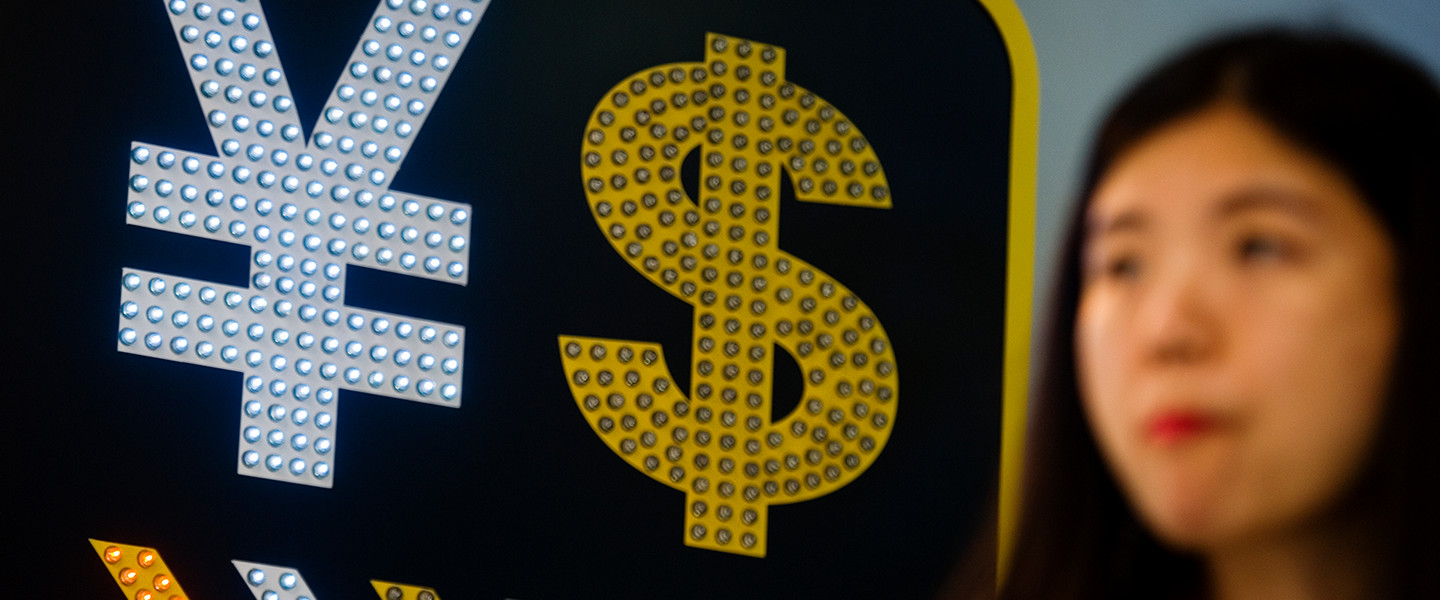Clouds gather over US Treasuries


China is the second-largest investor in US government bonds (or US Treasuries), trailing only the US Federal Reserve (Fed), but as the renminbi (RMB) becomes more international, Chinese demand could drop, with significant implications for US yields.
The International Monetary Fund (IMF) is scheduled to decide later this year whether to include the RMB in its Special Drawing Rights (SDR) currency basket. In our view, China’s currency now meets the technical requirements for SDR inclusion, and we see a better than even chance that the IMF will add the RMB.
Beijing appears to have taken up the challenge of the SDR review this year by accelerating the liberalisation of China’s capital account. However, this liberalisation cannot be achieved with a fixed RMB, so China, as the People’s Bank of China’s devaluation of the renminbi this week has demonstrated, is likely to be heading towards a floating currency regime.
It’s not SDR inclusion in itself that’s so important for the US treasury market, but the steps required to achieve this
Such a move has significant implications for China’s reserves policy. According to the IMF’s own reserve adequacy calculations, China’s level of reserves is no longer excessive for a ‘managed’ currency, but still significantly above required levels for a more flexible exchange rate. Provided China continues to keep its reserves aligned to the IMF’s adequacy guidance, this implies a significant reduction in future Chinese demand for US Treasuries.
It’s not SDR inclusion in itself that’s so important for the US treasury market, but the steps required to achieve this.
The steps required do not necessarily mean that China would switch from being an active buyer of US Treasuries to becoming an active seller. Most foreign official US Treasury holdings mature in five years or less: China could potentially make the required adjustment simply by not reinvesting the proceeds from maturing investments back into the US bond market. Nevertheless, even if China simply stopped buying the bonds, the shift in demand could still have a significant impact on the US market.
If China, as well as the Fed, ends reinvestment in the coming years, we predict a potential increase in the free-float of the US market of more than 70 per cent
Over the past 10 years, US Treasury buying by both China and the Fed has effectively ‘removed’ a large chunk of the outstanding stock. The Fed expects to start raising US interest rates this year and expects to cease reinvestments in the bonds at some point after the initial rate hike.
If China, as well as the Fed, ends reinvestment in the coming years, we predict a potential increase in the free-float of the US market of more than 70 per cent between 2014 and 2020 (year-end), leaving a far greater proportion to be absorbed by much more price-sensitive investors.
Such a change represents an important, broader shift. Since the global financial crisis, both the regulatory environment and central bank behaviour have created structural, price-insensitive demand for US Treasuries. In a world where the yield on the 10-year Treasury has traded below 3 per cent almost continuously for the last four years, an outlook where the two largest holders of US Treasuries start to divest would have repercussions across financial markets.
The US economy would face a scenario where financial conditions tighten due to both Fed policy rate hikes and a significant increase in long-term yields.
While the immediate focus is on the impact of the first Fed rate hike in over nine years, the reduction in demand for longer-dated bonds has yet to be given adequate consideration.
The speed of such a change might not be as rapid for global fixed income markets as the sharp increase in global bond yields during the ‘taper tantrum’ episode of 2013, when 10-year US Treasury yields rose 140 basis points in the space of four months, but the scale of it could be far more important.
A version of this article was first published on beyondbrics on 17 August 2015
Important disclosures can be found in the Global Research Terms & Conditions